Carnival in Venice.
Oil on canvas monogrammed lower right.
25,59 x 31,88 in
Certificate of authenticity.
René GRUAU, pseudonym of Renato Zavagli-Ricciardelli delle Caminate, born February 4, 1909 in Rimini (Italy), and died March 31, 2004 in Rome (Italy), was a Franco-Italian illustrator, poster artist and painter renowned for his illustrations for fashion and advertising.
Renato Zavagli was born to an Italian aristocrat father, Count Zavagli-Ricciardelli delle Caminate, and a French mother from the Parisian aristocracy, Marie Gruau de la Chesnaie, whose maiden name he later kept. The couple separated while Renato Zavagli was still a young child, and he lived with his mother in Milan.
In 1924, at the age of fifteen and abandoning his plans to become an architect, René Gruau - he used his mother's name and Frenchized his first name - moved to Paris and published his first fashion drawing on the advice of an Italian fashion editor. His drawings subsequently appeared in Italy, particularly for the fashion magazine Lidel, but also in Germany and England. At the time, magazines used illustrations rather than photographs. As early as 1930, he produced his first illustration for Balmain.
From 1935 to 1939, his reputation grew, and he was published in Femina, Marianne, Marie Claire, Silhouettes, L'Officiel, Le Figaro magazine, and other publications in the United States and England.
During the Second World War, he lived in Lyon and then Cannes. Settled in Cannes, 1946 marked the beginning of his real success, and his first collaboration with International Textiles, for which he designed all the covers until 1984.
1947 marked the start of his long collaboration with Dior, with whom he helped launch the post-war New Look. The following year, he moved to the United States, working for Harper's Bazaar and occasionally for Voguen, before becoming the exclusive artist for Flair.
From 1956, he devoted himself to the cabarets of the Lido (he designed for this establishment until 1994), the Moulin Rouge from 1961, the Casino de Paris, and collaborated with Jacques Fath, the Boussac company that owned Christian Dior, Eminence and Blizzand (raincoats). Over the course of his career, 167 luxury brands used his illustrations. He also contributes to a number of men's magazines, including Adam, Club and Sir6. He also designed sets and costumes for the theater. These years marked the supremacy of photography over illustration in the press; René Gruau specialized in fashion advertising in addition to theater, returning from time to time to fashion drawing.
From 1950 until his death in Rome in 2004, the man nicknamed "the last survivor of the great fashion illustrators", at a time when illustration had lost its predominance to photography in magazines, worked for some of the biggest names in couture, including Balmain, Balenciaga, Givenchy and Rochas, while continuing to do fashion drawings for Elle, Vogue, Madame Figaro and L'officiel de la Couture.
From 1977, but especially from 1986 onwards, numerous exhibitions of his illustrations were held in France and abroad, retracing a career of illustrations defined by Stéphane Rolland as "infinite grace, the image of a worldly, detached and insolent Parisianism.
René Gruau's story is intimately linked to the Dior brand and its Couturier: both were young illustrators in their twenties when they met in 1930 at Le Figaro.
In 1947, his friend Christian Dior commissioned him to design the advertising for the first perfume, Miss Diorn, as well as the famous "Bar" jacket, a symbol of the New Look. He designed the campaign for the second perfume, Diorama, as well as lingerie and stockings... In the 1950s, when he was in demand by all the couturiers, Gruau designed the poster for the launch of Diorissimo, then for Rouge baiser lipstick. However, photography gradually replaced illustration in advertising. But Dior remained faithful. In 1968, he signed the campaign for Eau sauvage, drawings that were transformed into a TV ad. Other works would remain emblematic: the Diormatic make-up line in 1971, the perfume Diorella dated the following year with the image of a modern woman in pants...
He remained loyal to Parfums Christian Dior for forty years, until the 1980s, when he signed the advertising campaign for the men's fragrance Jules6. According to John Galliano, René Gruau "captured the style and spirit of Dior", with movement, the representation of a chic Parisian woman, and his three signature colors: red, black and white.
In early 2011, Galliano presented a haute couture collection - his last - in homage to the fluiden style, with contrasting ombré effects and chiaroscuro colors, and the thick black line that encircles the illustrator's silhouette.
Gruau's work is of infinite richness, his sovereign line accompanying the representation of women for almost sixty years. A witness to his time, Gruau's work has left a lasting visual mark on several generations.Towards the end of his life, he developed a personal pictorial production that moved away from the feminine domain he had spent his career magnifying.
violondingres.fr


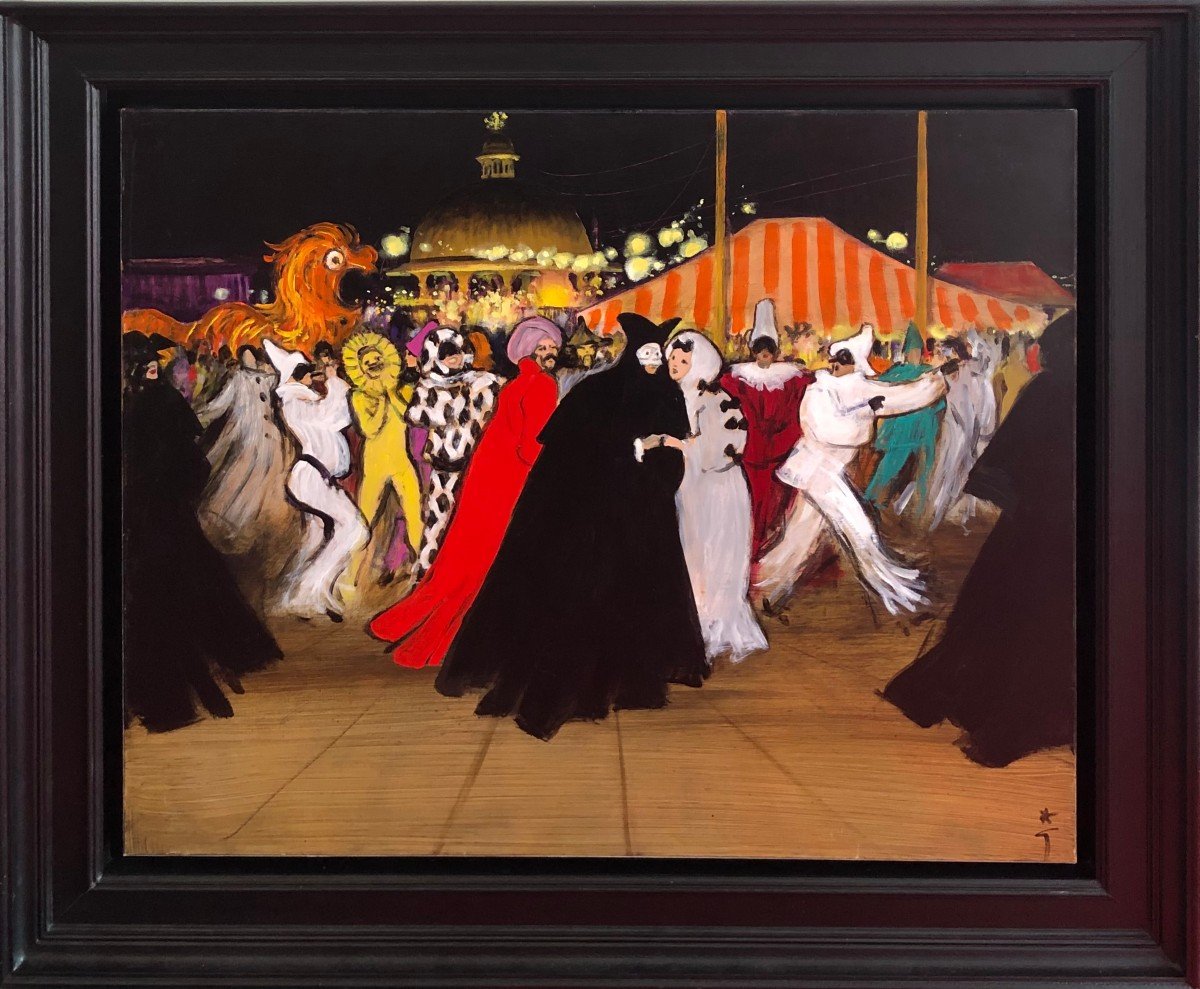
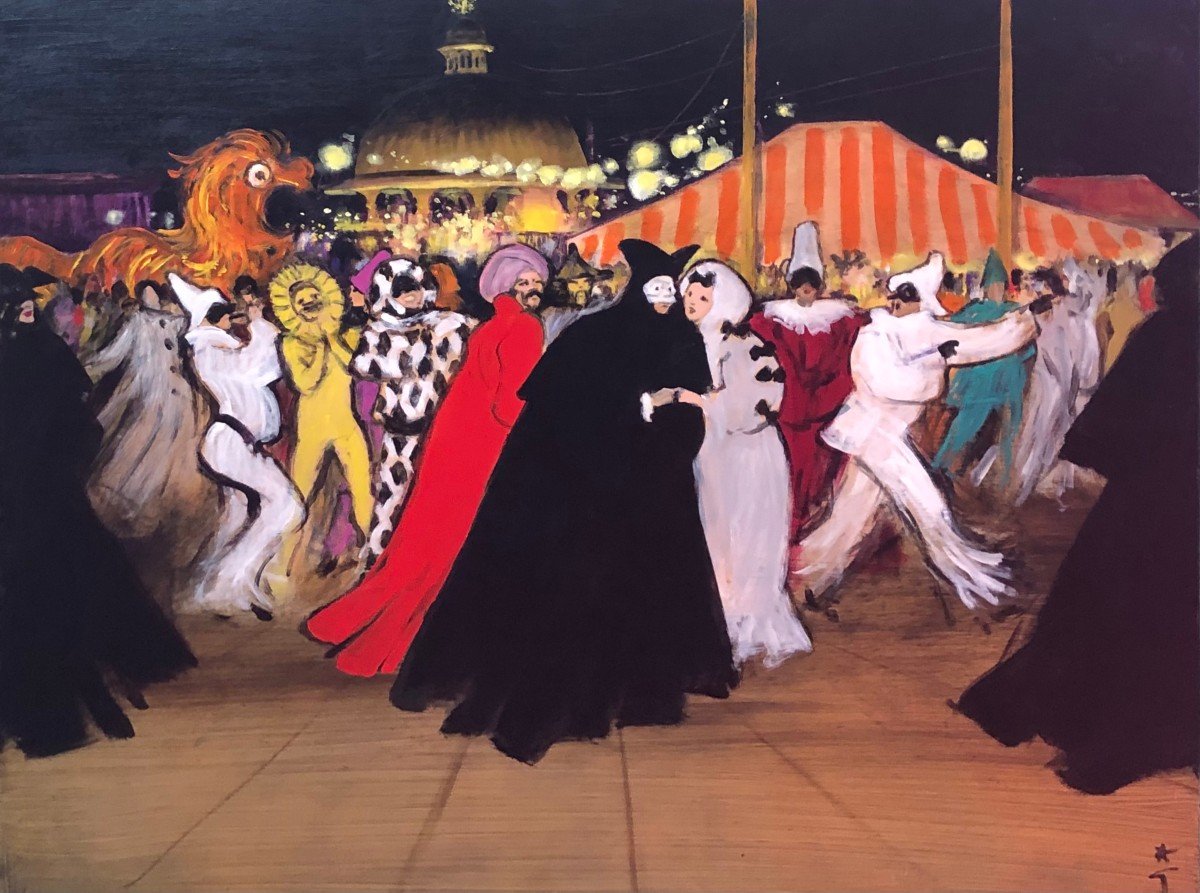
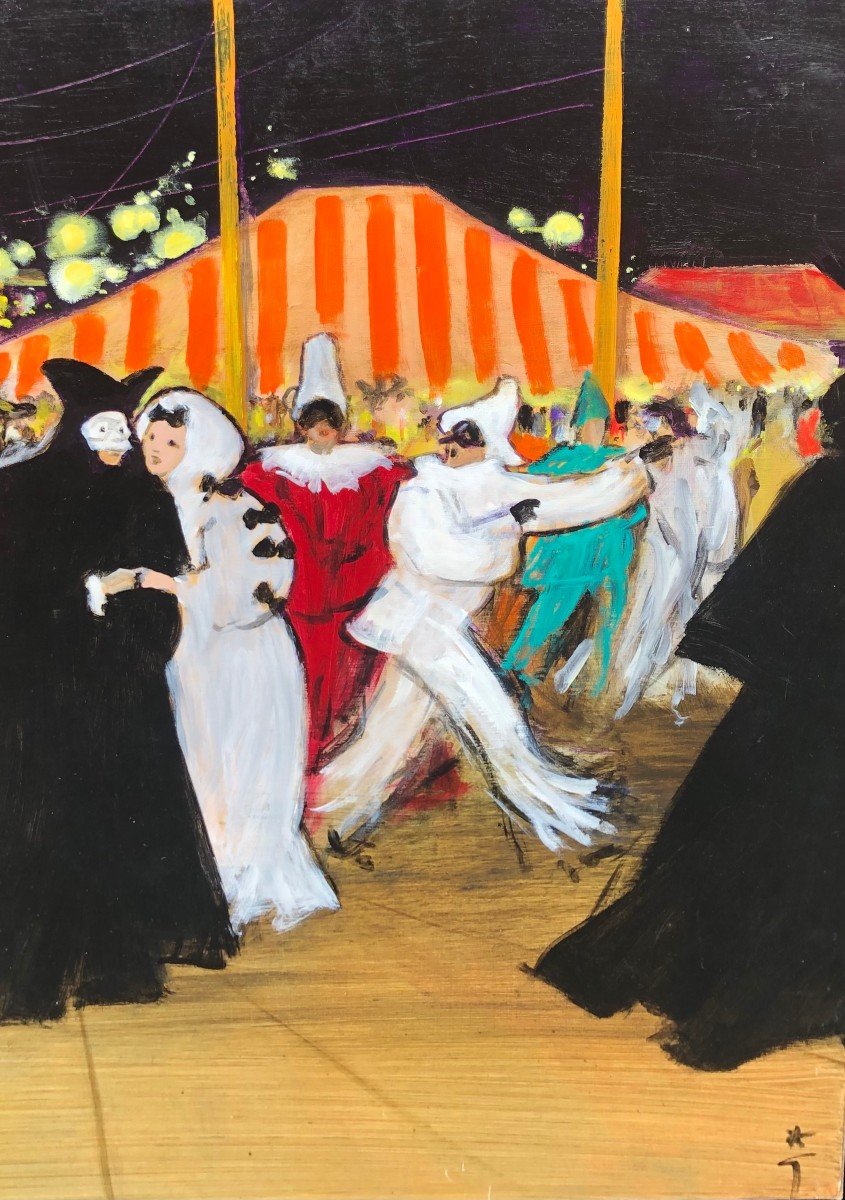
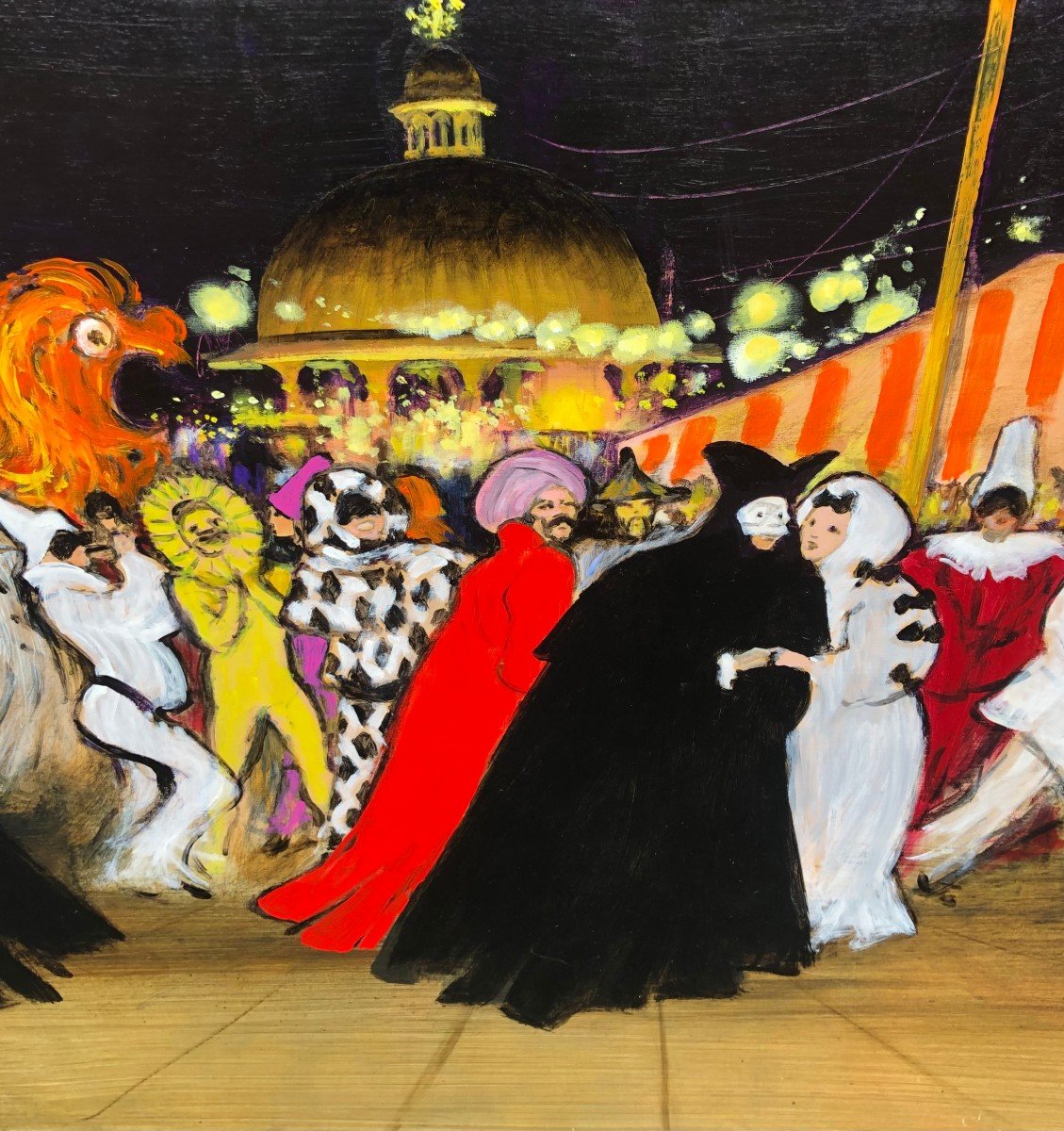
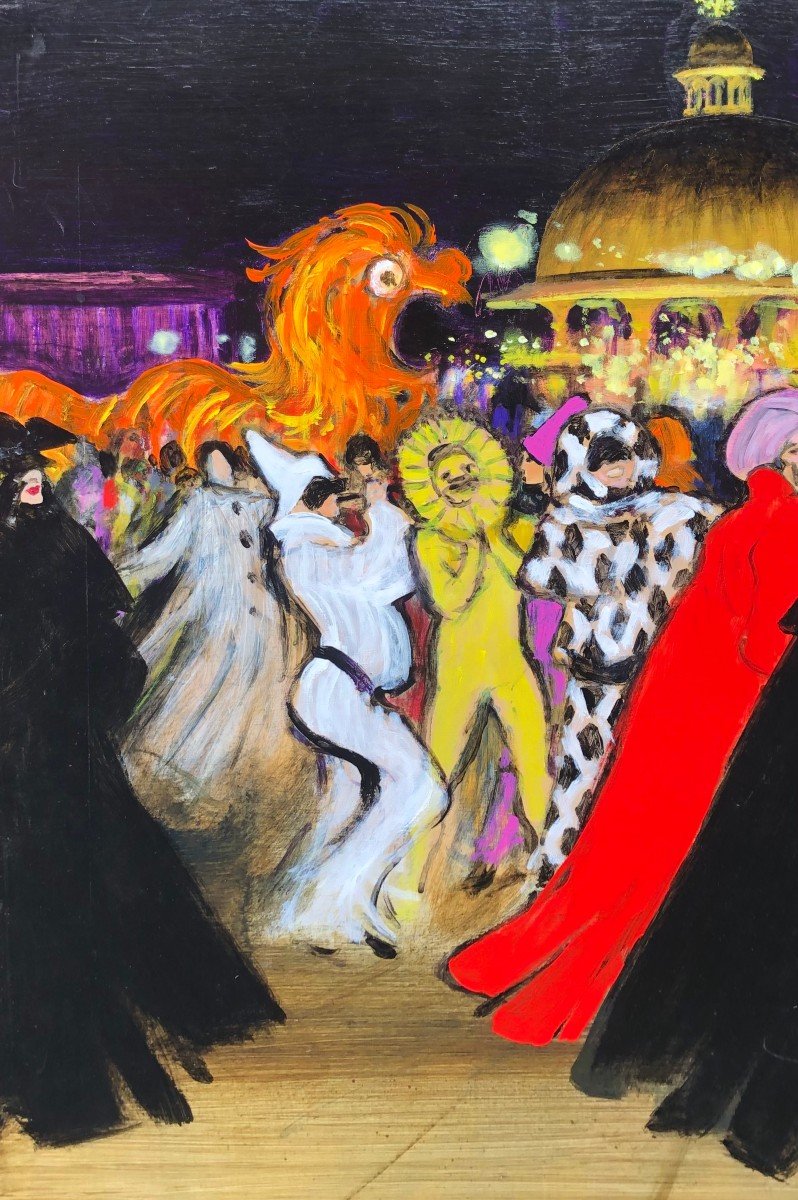
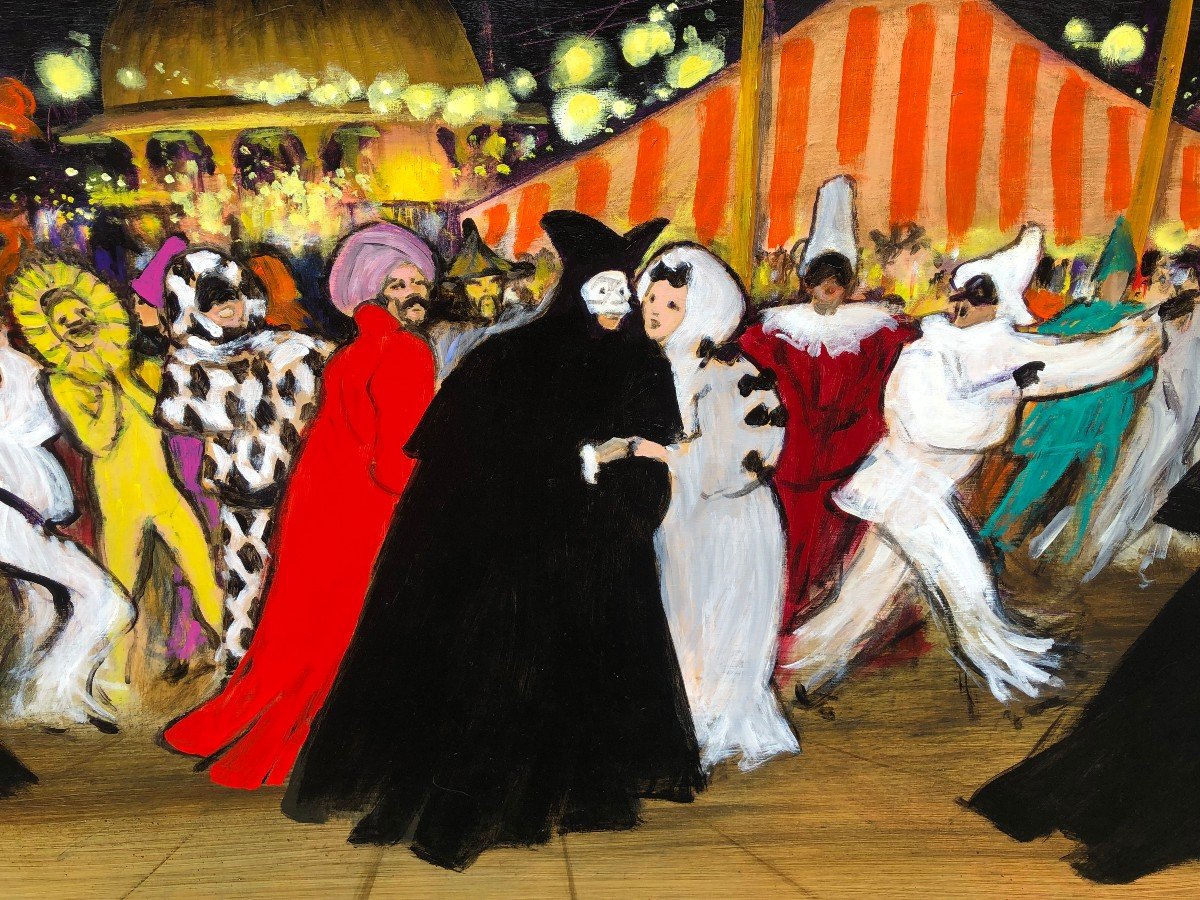
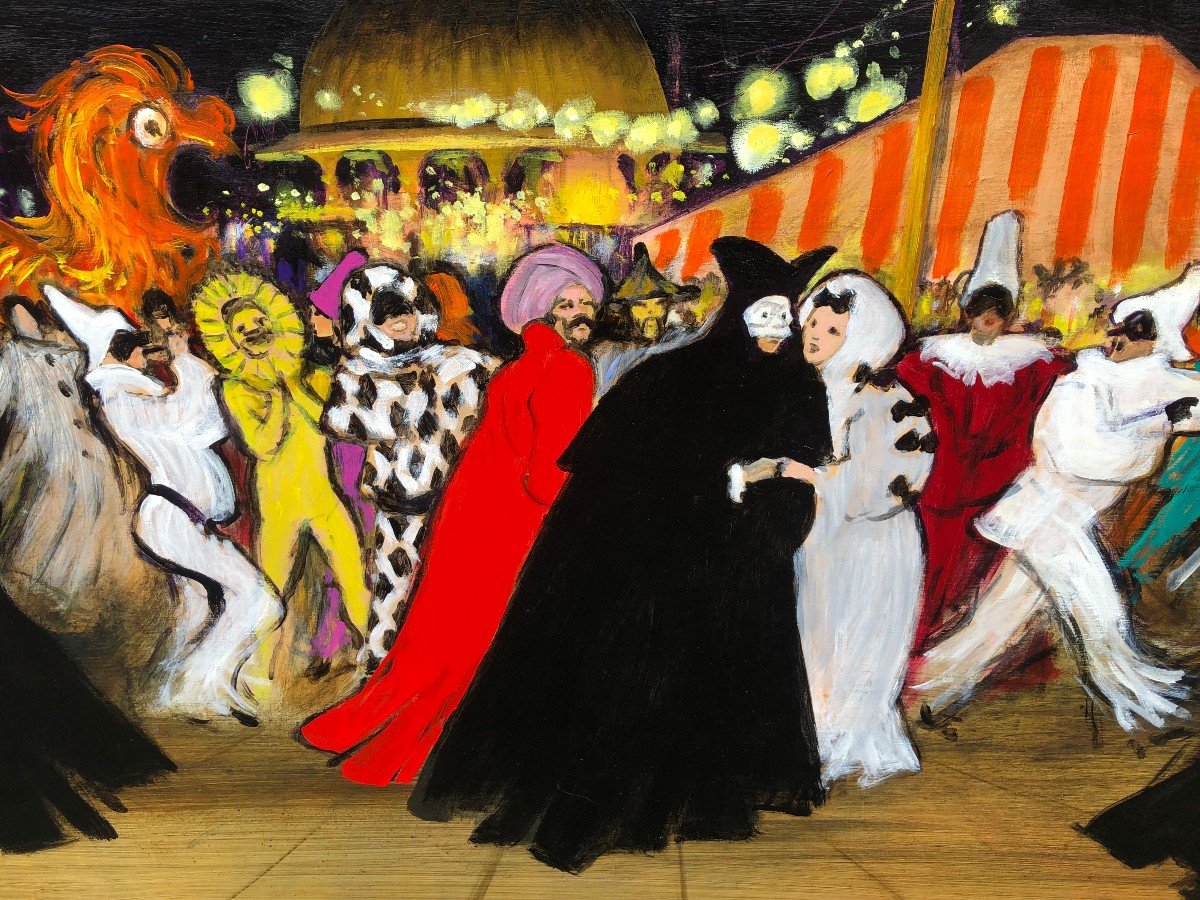
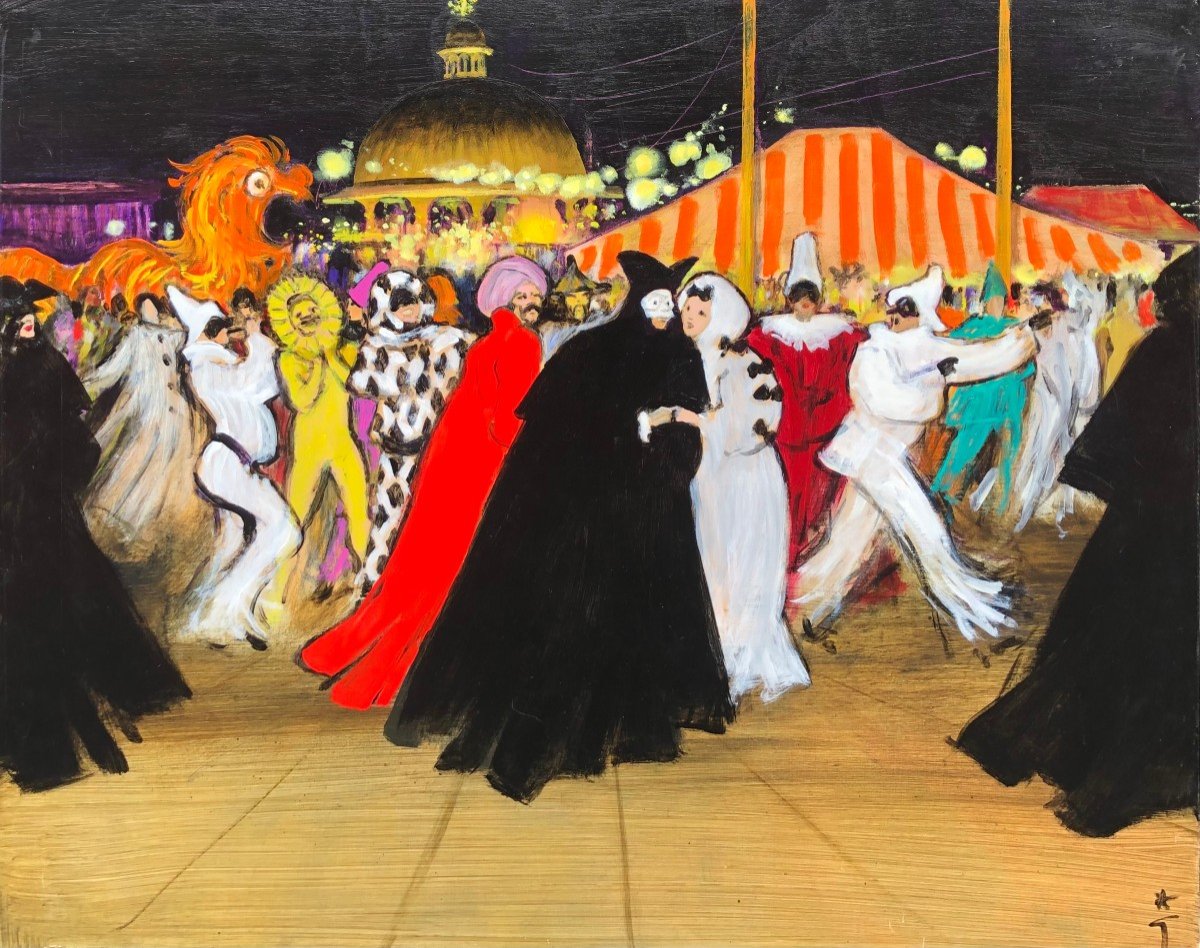
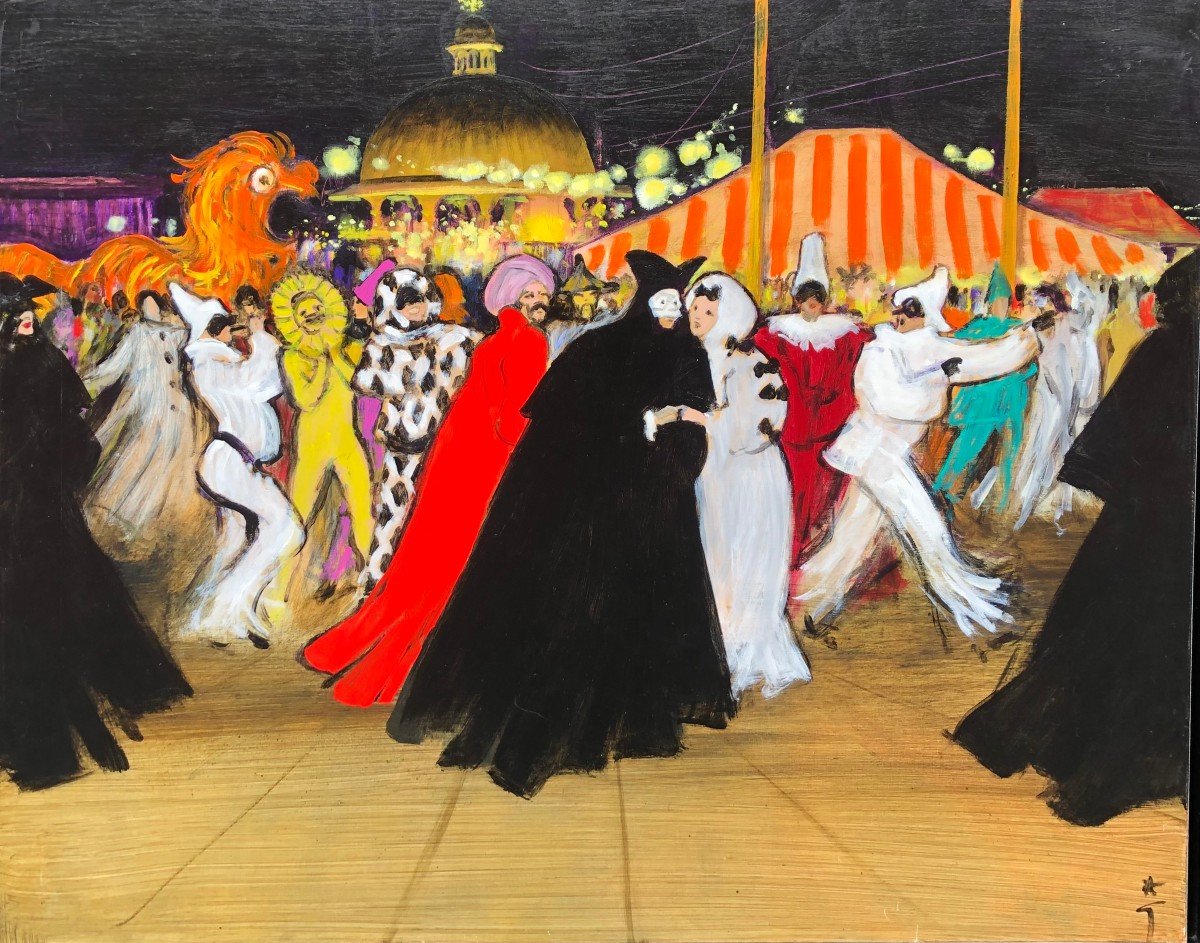
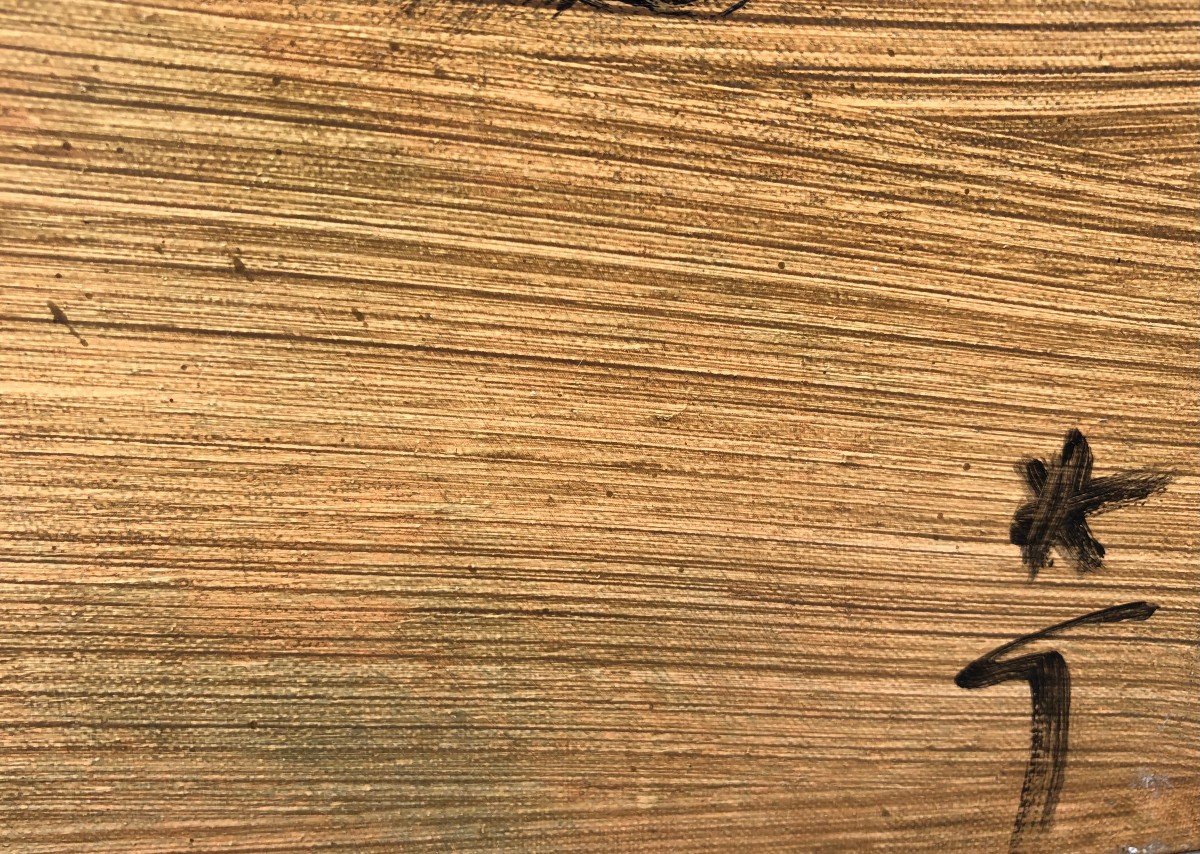












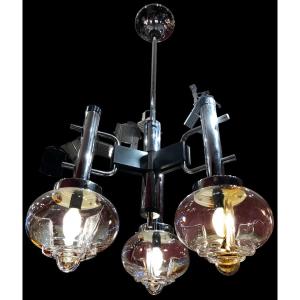
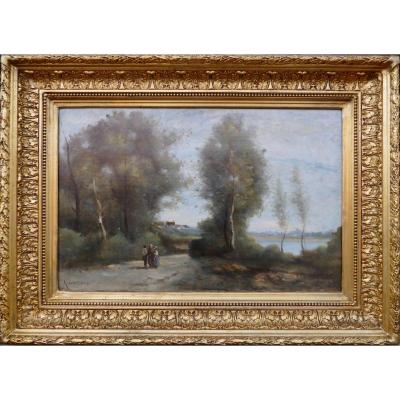

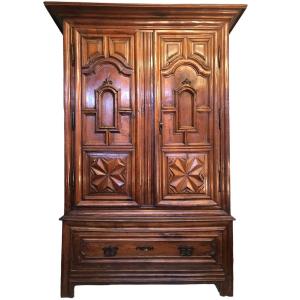

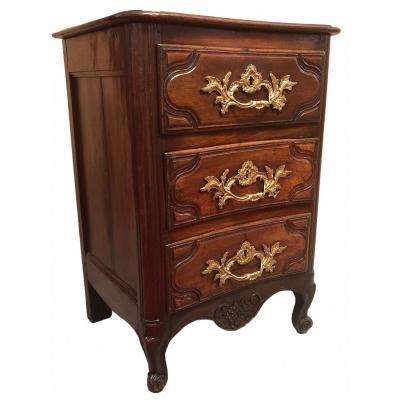
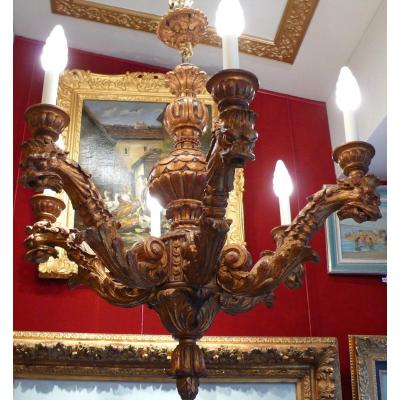
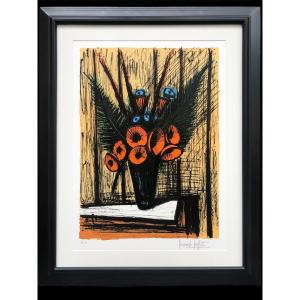



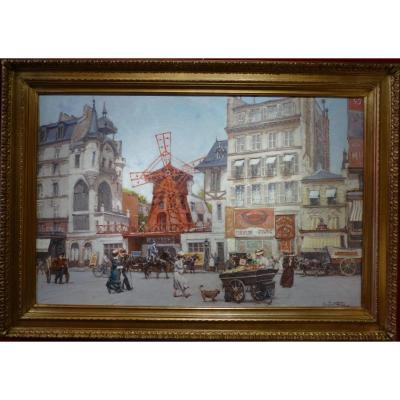




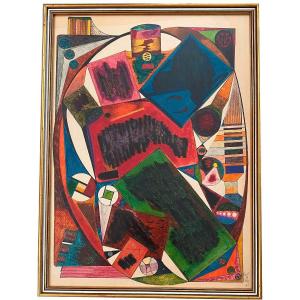

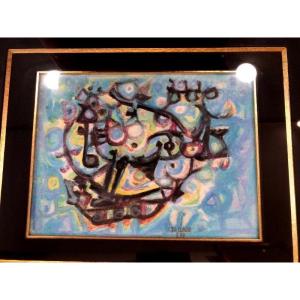




 Le Magazine de PROANTIC
Le Magazine de PROANTIC TRÉSORS Magazine
TRÉSORS Magazine Rivista Artiquariato
Rivista Artiquariato